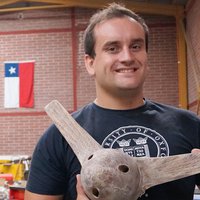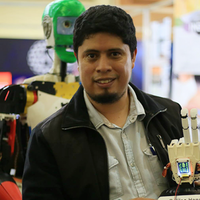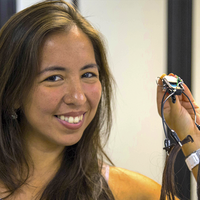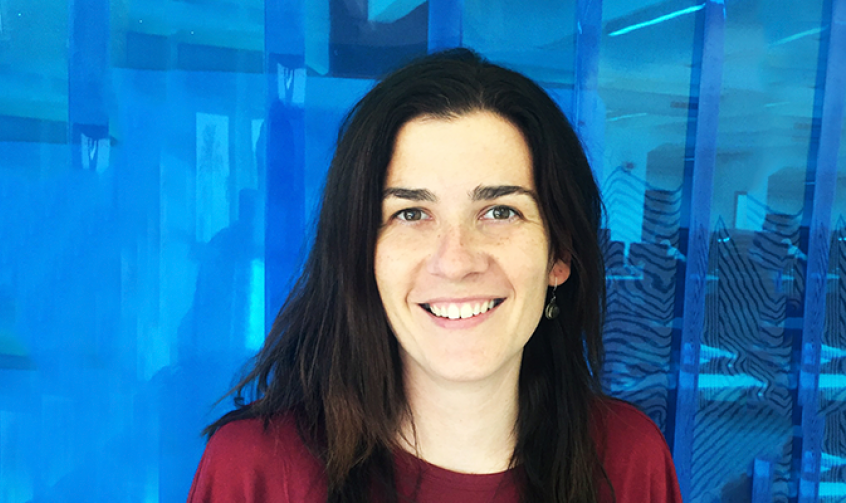"Devices like computers and smartphones make life easier for many people, whether in their personal or professional lives. But they were not designed for people with special needs, like motor disabilities, in mind, which means that as these tools become more and more integrated into our society these groups suffer an increased level of social and professional exclusion. To remedy this situation, Esther García is dedicating her career to developing devices that disabled people can use. This effort has led to her recognition as one of of MIT Technology Review, Spanish Edition's Innovators Under 35 Spain 2016.
Through her company Eneso, García has developed enPathia, a device which allows the user to control a computer through head movements. The young entrepreneur recalls that ""at that time, the only existing alternatives were eye-tracking technologies, which were very expensive and complicated to configure"" Her alternative is simpler and is comprised of the same accelerometers typically found in smartphones. enPathia can be strapped onto the user's head or attached to a pair of headphones. In this way, the user's head movements allow them to control a pointer on the computer's screen. This is especially useful for people who have lost movement from the neck down, such as tetraplegics.
The device is accompanied by a specialized software program which interprets the movements in order to display different menus with available options at the appropriate time. Although since its launch García has continued to improve the enPathia software component, the hardware has barely changed. But now she is working on a new, more precise and wireless version.
García holds a doctorate in telecommunications from the University of Malaga (Spain). She remembers ""when the Eneso journey began in 2010, there was a need within the market to integrate disabled people through the use of information technologies, but it wasn't happening."" She decided to detect ""the specific needs that existed, what could be done to meet them and why it hadn't been done already,"" she explains. After performing this analysis, she discovered that there were no ""technical nor economic"" limitations which justified the absence of specialized devices. And so she rolled up her sleeves and got to work.
In addition to enPathia, García has developed a series of products, amongst which Verbo, a pictogram-based communication tool for people with autism, cerebral palsy or any other disability which limits speech, stands out. ""Eneso's products are mostly acquired by associations and groups dedicated to facilitating the inclusion of disabled people, so the number of users with access to them and the integrative impact of the technology are much higher,"" according to their creator.
""enPathia's design is extraordinarily ingenious,"" according to the telecommunications professor from the European University of Madrid (Spain) and jury member for the Innovators Under 25 Spain 2016 awards, Víctor Padrón. In his opinion, ""more than one specific project, the creation of a successful company dedicated to bringing new technologies to special needs groups is highly deserving of recognition"" and Eneso ""has already become an international reference in this area."""




